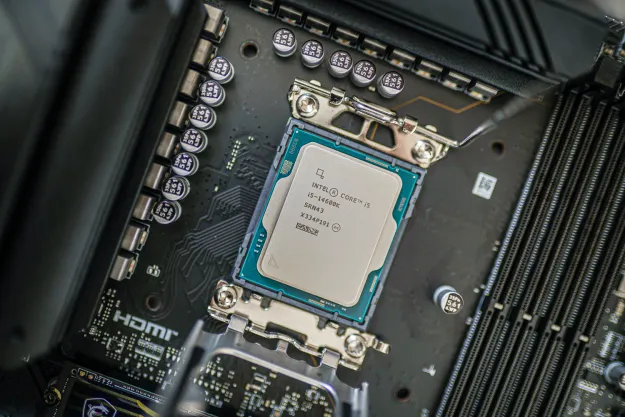Intel just demoed its next-generation Thunderbolt 5 technology during a Technology Tour in Israel. The demo seems to confirm that Thunderbolt will be capable of 80 Gbps speeds and it marks the first time that Intel has publicly shown off the speed.
This recent demo didn’t seem to show any additional features of the new Thunderbolt 5 other than the speed. However, we do know a little bit more based on pictures posted by former Intel exec Gregory Bryant.

Bryant tweeted out since-deleted pictures of the Thunderbolt lab in Israel. The photos showed a few technical bits concerning how Intel is achieving double bandwidth (and thus 80 Gbps) by using Pulse Amplitude Modulation (PAM).
The 80 Gbps speed is on par with USB4 Version 2.0 that was recently announced, which also achieves 80 Gbps in a dual-link mode. Considering both standards use USB-C connectors and are more or less at feature parity, it’ll be interesting to see how Intel distinguishes Thunderbolt 5.
Thunderbolt has been crucial in high bandwidth transfers that have enabled everything from external storage to external GPUs. A majority of computers (especially laptops) released in recent years include
The latest version, Thunderbolt 4, released in 2020, offered a number of upgrades over
The irony is that USB4 is derived from Thunderbolt 3, which was donated to the USB Implementers Forum in 2019. Now that USB 4, Version 2.0 has caught up to Thunderbolt 5, it’ll be interesting to see how both standards are implemented in future devices.
Intel hasn’t set a timetable of the release of Thunderbolt 5, but it will likely launch some time this year.
Editors' Recommendations
- How to choose the best RAM for your PC in 2024
- Does RAM speed matter for PC performance?
- Why Thunderbolt 5 laptops are a big deal
- DDR5 vs. DDR4 RAM: Is DDR5 worth it?
- The only Intel CPU you should buy is over a year old




